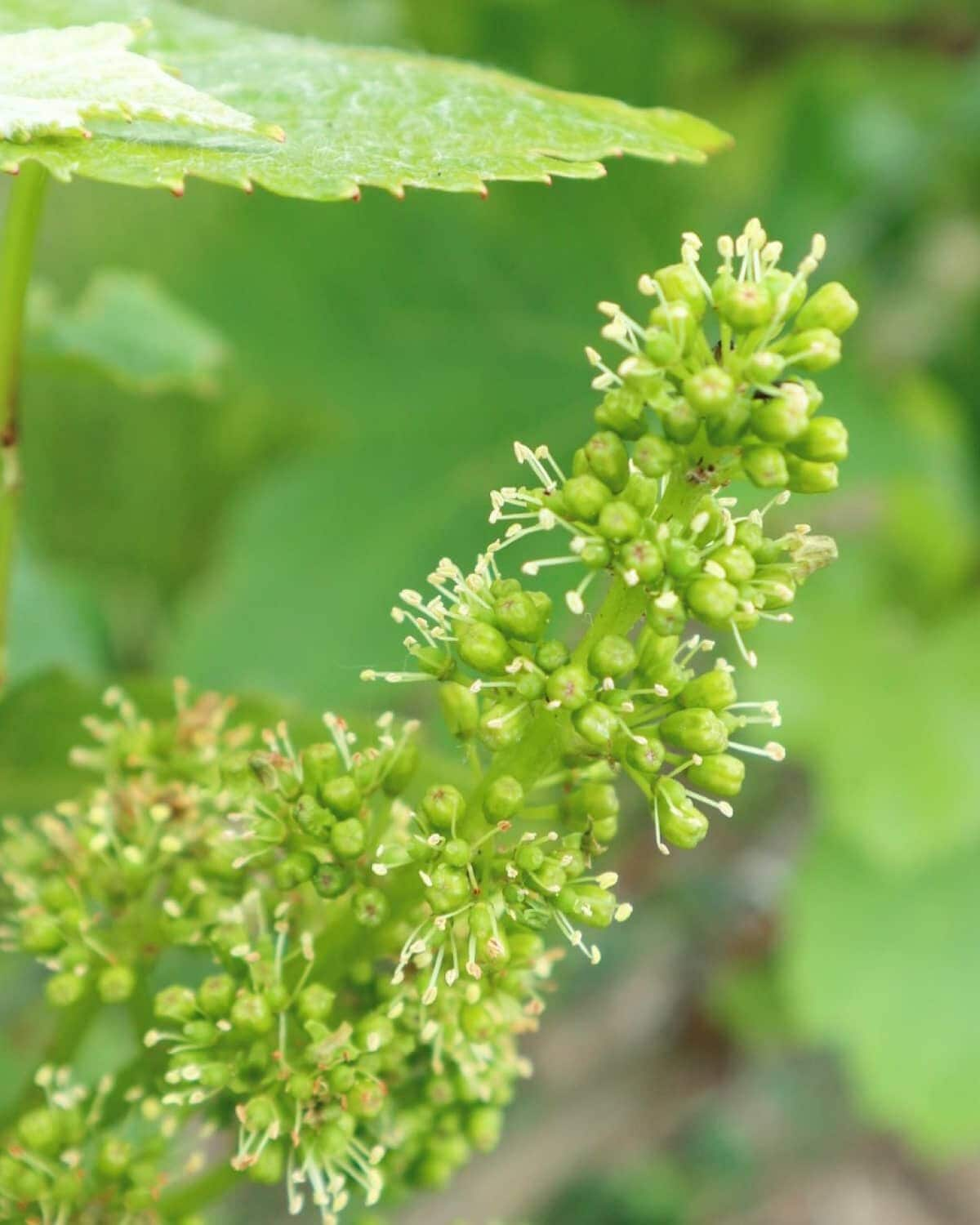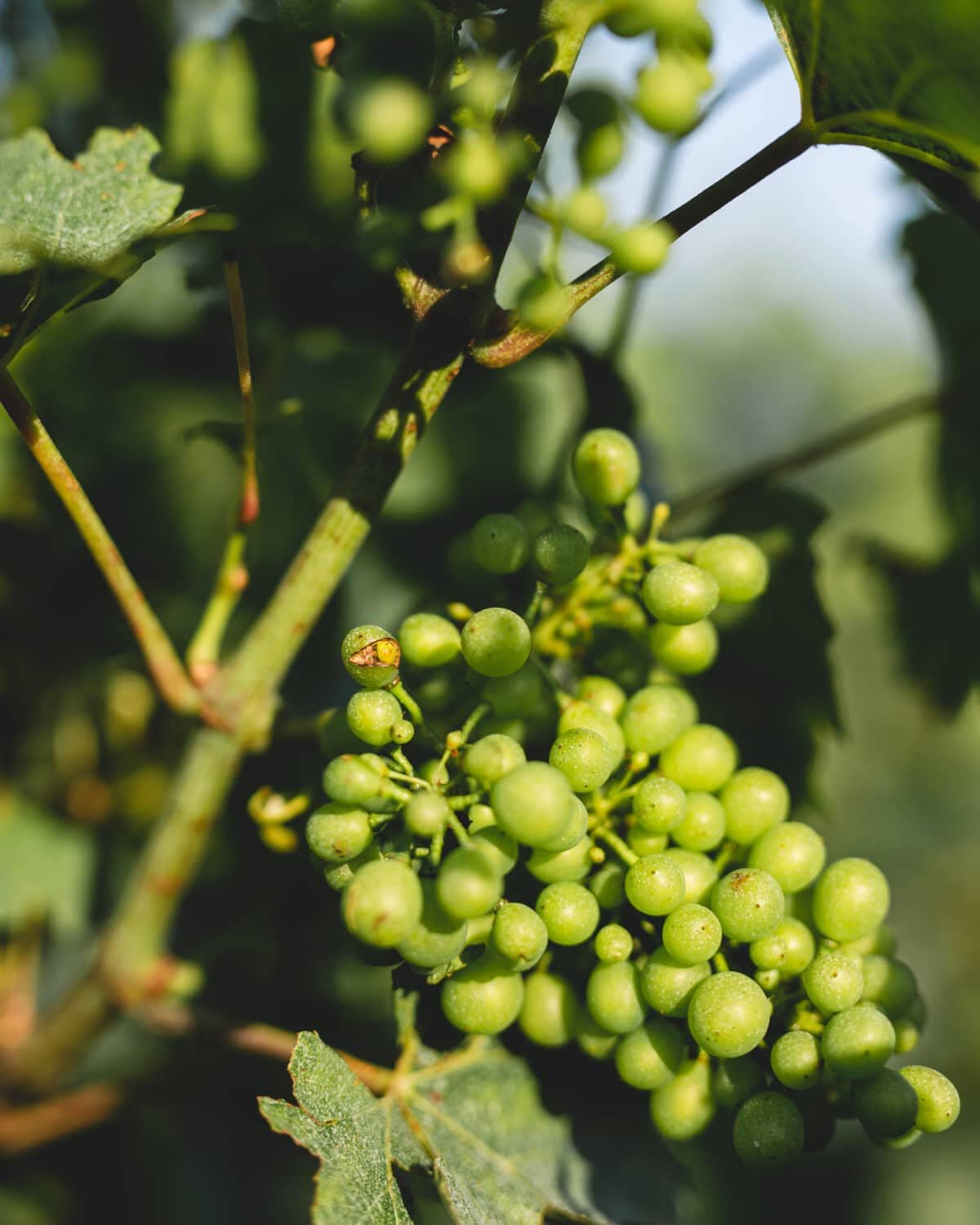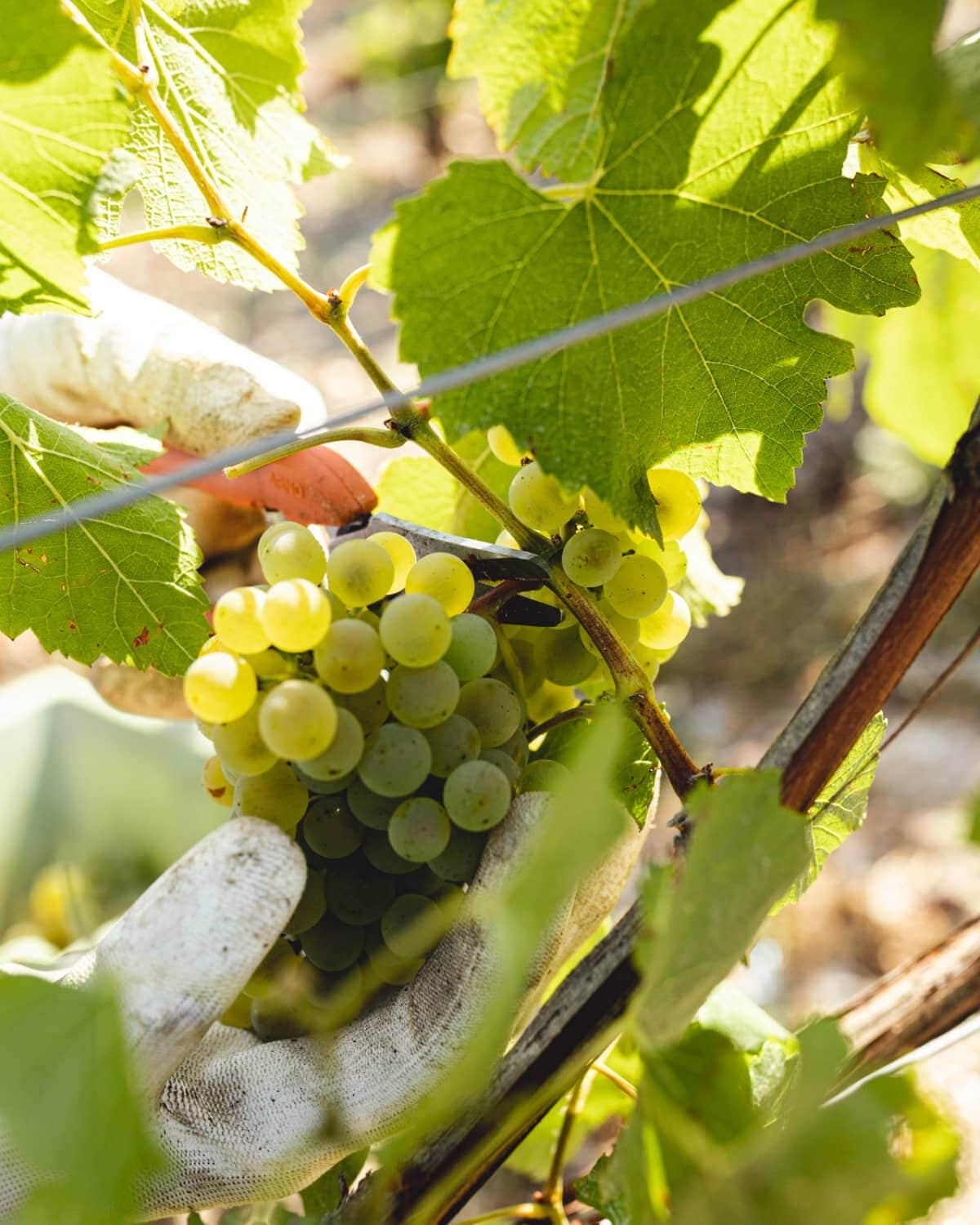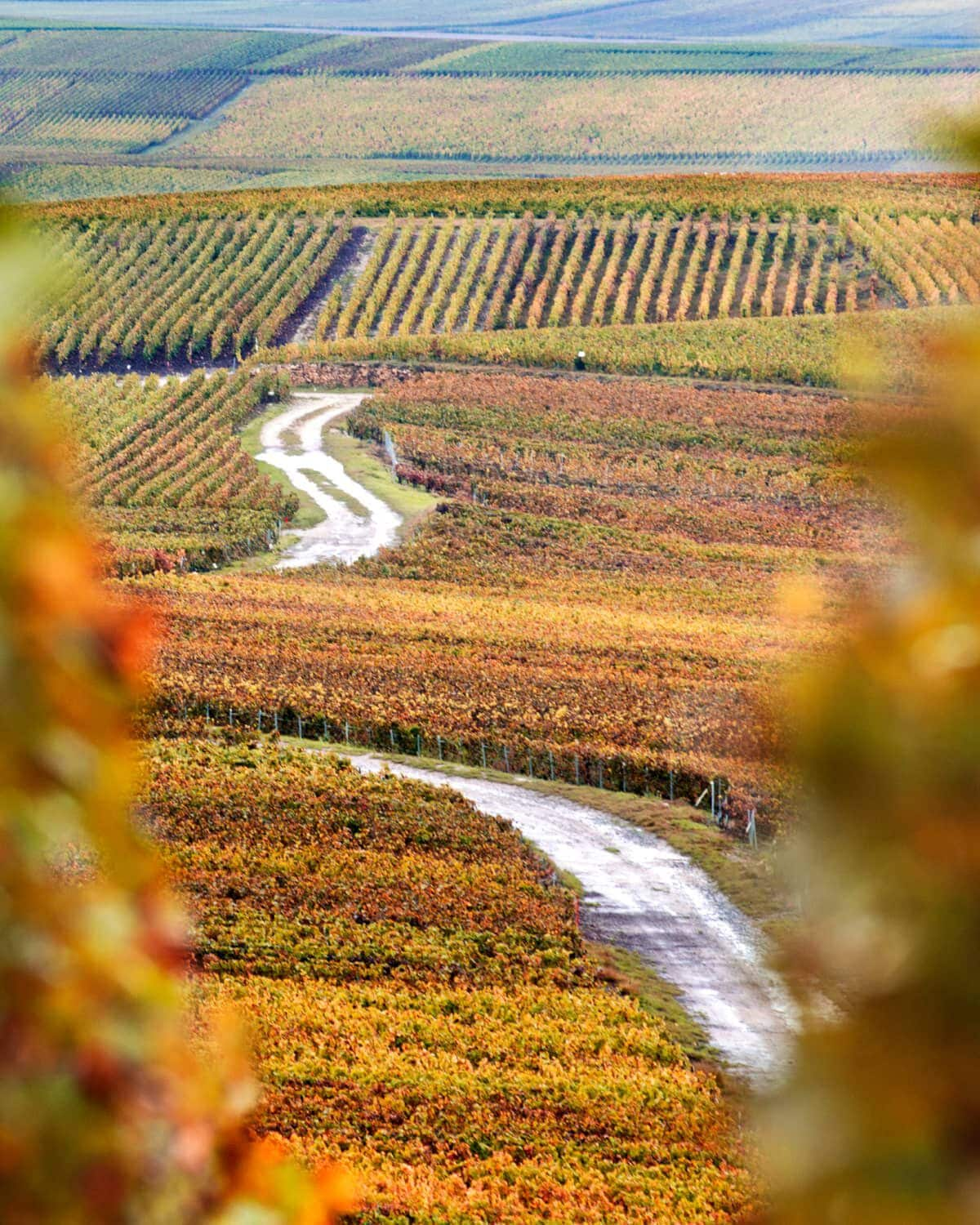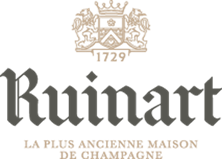
Ruinart supports the moderate consumption of wine and spirits through Moët Hennessy, a member of Wine in Moderation.
PLEASE DRINK RESPONSIBLY

Ruinart supports the moderate consumption of wine and spirits through Moët Hennessy, a member of Wine in Moderation.
PLEASE DRINK RESPONSIBLY
MARCH - APRIL
When spring arrives and the soil temperature reaches about 10°C, the vine comes out of its winter rest. The sap travels towards the upper parts of the vine and a phenomenon called "the weeping of the vine" occurs. It indicates the start of a new vegetative cycle. A few weeks later, the buds open and the first leaves appear. One month and a half later, the winegrowers manually disbud the vines to remove any excess buds or branches.
MAY - JUNE
The vine will grow, the leaves will spread out and reveal inflorescences, each bearing 100 to 200 flowers that will bloom in June. The vine has the particularity of being hermaphroditic, i.e. its flowers contain both male (stamens) and female (pistil) reproductive organs. This means that fertilisation often takes place within the same flower. The date of flowering also makes it possible to estimate the next harvest, which usually takes place 100 days later. Global warming in recent years has reduced this period to about 90 days. In the vineyards, the next step is trellising, a manual operation that raises the branches on the wires attached to the vine posts, to gain better distribution of the foliage and aeration of the bunches.
AUGUST
The vine will continue to develop while the still green and hard berries will acquire their final colour, a dark red for the red varieties - and a light green and translucent appearance for the white varieties. The berry continues to accumulate sugar as its acidity decreases. When the concentration of sugars has reached its peak and aromatic maturity is confirmed, the harvest can begin.
SEPTEMBER
When the grapes reach maturity, the "Ban des vendanges" is officially proclaimed. This administrative authorization specifies the date of the beginning of the harvest for each village, which then officially launches the beginning of the harvest. In Champagne, the harvest is spread over about three weeks, depending on the area and the grape variety. On average, there are 4 grape pickers per hectare, i.e. more than 120,000 people to harvest the grapes in the whole Champagne region. The harvest is done entirely by hand in order to preserve the integrity of the grapes until the pressing and to preserve the aromatic freshness of the fruit.
NOVEMBER - MARCH
Once the harvest is over, with the arrival of autumn, the vine gradually enters a dormant phase. As for the other plants, the leaves will lose their green color then fall. The sap, accumulated in the trunk and the shoots, will go down to the roots and constitute reserves which will be used to resume the activity of the vine in spring. In the vineyards, the fall of the leaves also marks the beginning of the pruning which will last until March. This manual operation will prepare the vine for the next season, promoting the vigor of the plant, the distribution of its foliage and especially the growth of its most fruit-bearing parts.

